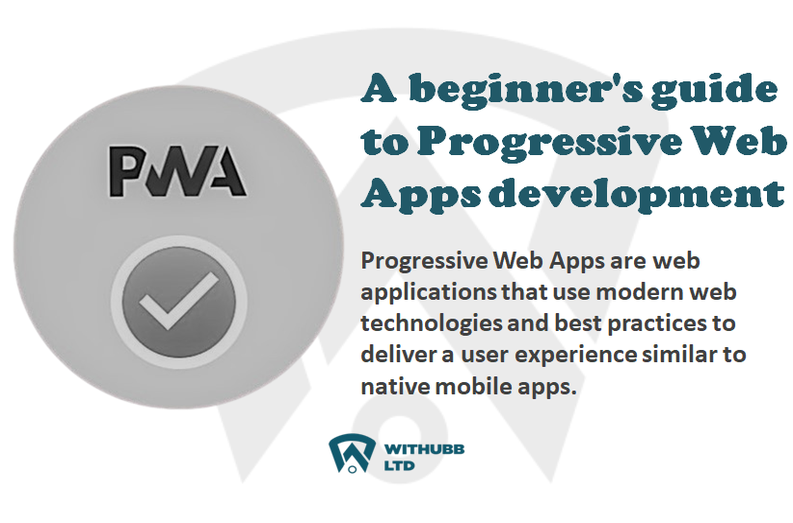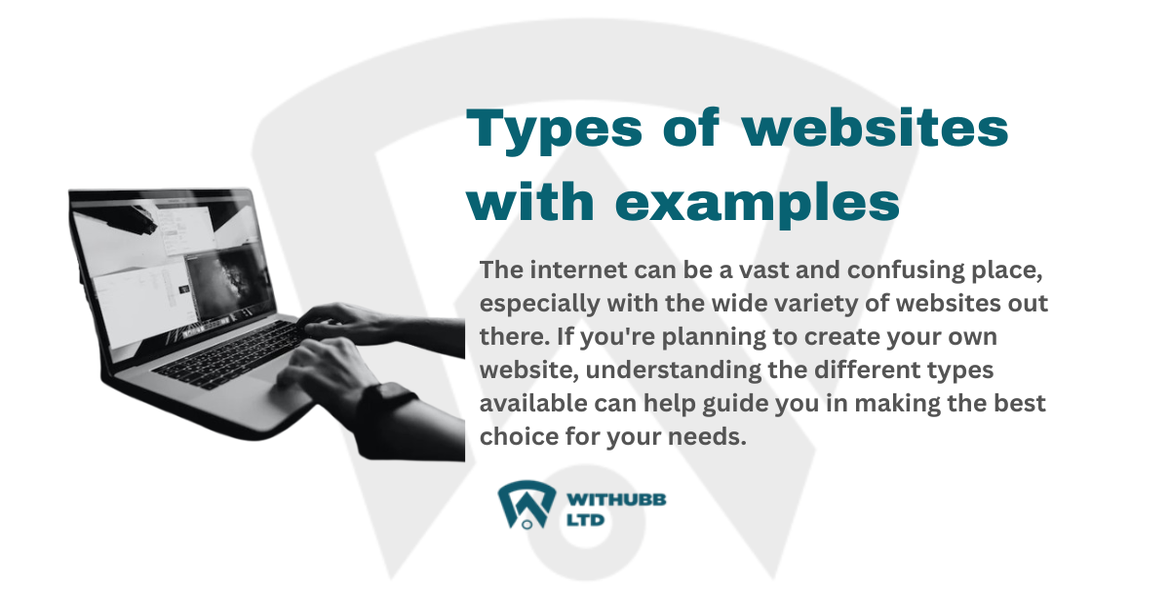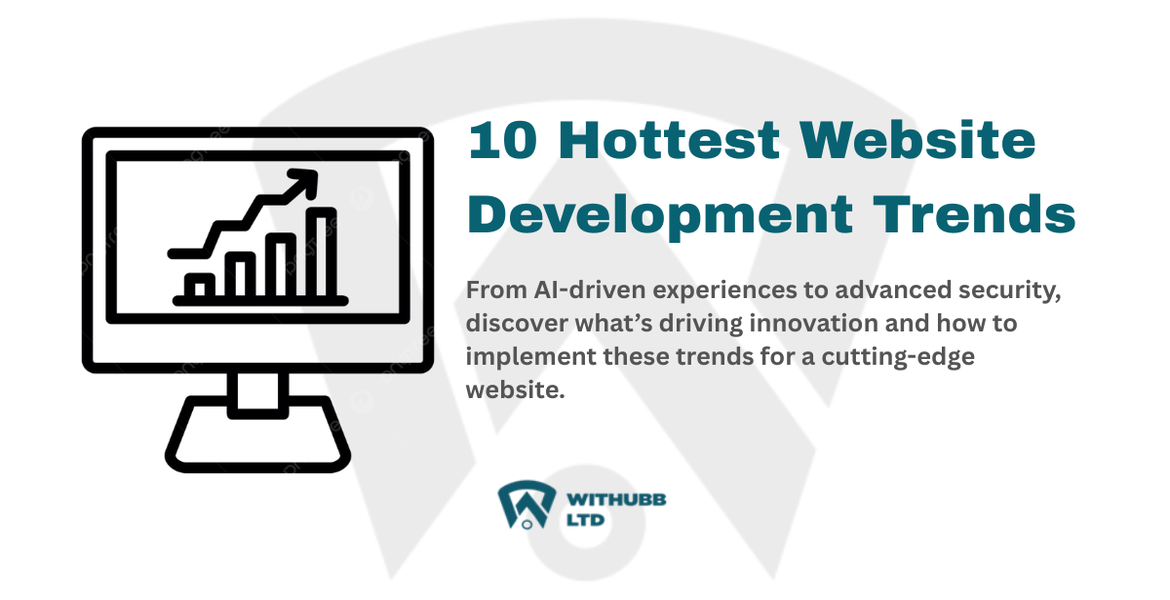A beginner's guide to Progressive Web Apps development (PWA)

What are Progressive Web Apps?
Progressive Web Apps are web applications that use modern web technologies and best practices to deliver a user experience similar to native mobile apps. PWAs are built using standard web technologies such as HTML, CSS, and JavaScript but incorporate features traditionally associated with native apps, like offline access, push notifications, and home screen installation.
Key Characteristics of PWAs
Progressive:
Work for every user, regardless of browser choice, because they are built with progressive enhancement as a core tenet.
Responsive:
Fit any form factor, from desktop to mobile devices.
Connectivity Independent:
Enhanced with service workers to work offline or on low-quality networks.
App-like:
Feel like an app to the user with app-style interactions and navigation.
Fresh:
Always up-to-date thanks to the service worker update process.
Safe:
Served via HTTPS to prevent snooping and ensure content hasn't been tampered with.
Discoverable:
Identifiable as "applications" thanks to W3C manifests and service worker registration, enabling search engines to find them.
Re-engageable:
Make re-engagement easy through features like push notifications. Installable: Allow users to "keep" apps they find most useful on their home screen without the hassle of an app store.
Linkable:
Easily shared via URLs, avoiding the complex installation processes.
Benefits of PWAs
Progressive Web Apps (PWAs) bring numerous advantages that enhance both user experience and business outcomes. Key benefits include:
Improved Performance
PWAs load faster and provide a smooth user experience even on slow networks. This is achieved through efficient caching and resource management.
Offline Functionality
With service workers, PWAs can function offline or in low-network conditions, ensuring continuous availability.
Enhanced Engagement
Features like push notifications and home screen installation keep users engaged and encourage repeat visits.
Cost-Effective Development
Developing a PWA is often more cost-effective than developing separate native apps for different platforms. PWAs offer a unified codebase that works across multiple devices and platforms.
Increased Reach
PWAs can be accessed via URLs and are discoverable by search engines, expanding their reach compared to native apps.
Seamless Updates
PWAs are always up-to-date with the latest content and features, thanks to the service worker update process.
Key Technologies Behind PWAs
Service Workers
Service workers are at the core of PWAs, enabling offline functionality, push notifications, and background data synchronization. They act as a proxy between the web application and the network, intercepting network requests and serving cached resources when the network is unavailable.
Web App Manifest
The web app manifest is a JSON file that provides metadata about the application, such as its name, icons, theme colors, and display mode. This file allows the application to be installed on the user's home screen and launched in full-screen mode.
HTTPS
PWAs must be served over HTTPS to ensure security and integrity. HTTPS prevents man-in-the-middle attacks and ensures that the content delivered to the user has not been tampered with.
Application Shell Architecture
The application shell architecture involves caching the minimal HTML, CSS, and JavaScript required to load the application's user interface. This shell is loaded instantly on subsequent visits, providing a fast and responsive user experience.
Developing a PWA
Creating a Progressive Web App (PWA) requires a thoughtful approach, blending modern web technologies with best practices. Here's an overview of the essential steps involved in the development process
Step 1:
Create a Responsive Design Ensure your web application is responsive and works seamlessly on different screen sizes and devices. Use CSS media queries and flexible layouts to achieve this.Step 2:
Add a Web App Manifest Create a web app manifest file (manifest.json) and link it to your HTML. This file should include metadata like the app name, icons, theme color, and display mode.Example manifest.json:
{
"name": "My PWA",
"short_name": "PWA",
"start_url": "/",
"display": "standalone",
"background_color": "#ffffff",
"theme_color": "#000000",
"icons": [
{
"src": "/icons/icon-192x192.png",
"sizes": "192x192",
"type": "image/png"
},
{
"src": "/icons/icon-512x512.png",
"sizes": "512x512",
"type": "image/png"
}
]
}
Step 3:
Register a Service Worker Register a service worker in your JavaScript code to enable offline functionality and caching. The service worker should cache essential resources during the installation phase and serve them from the cache when offline.Example service-worker.js:
self.addEventListener('install', (event) => {
event.waitUntil(
caches.open('my-cache').then((cache) => {
return cache.addAll([
'/',
'/index.html',
'/styles.css',
'/app.js',
'/icons/icon-192x192.png',
'/icons/icon-512x512.png'
]);
})
);
});
self.addEventListener('fetch', (event) => {
event.respondWith(
caches.match(event.request).then((response) => {
return response || fetch(event.request);
})
);
});
Step 4:
Enable HTTPS Ensure your web application is served over HTTPS. Use an SSL certificate to enable secure connections.Step 5:
Test and Optimize Test your PWA across different devices and browsers. Use tools like Lighthouse to audit your PWA and identify areas for improvement.Step 6:
Implement Additional Features Consider adding features like push notifications, background synchronization, and offline forms to enhance the user experience further.Best Practices for PWA Development
Optimize Performance
Ensure fast loading times by minimizing JavaScript and CSS, optimizing images, and leveraging browser caching.
Focus on User Experience
Design an intuitive and user-friendly interface. Pay attention to navigation, accessibility, and touch interactions.
Handle Network Connectivity
Gracefully handle network connectivity issues by providing meaningful error messages and fallback content.Leverage Web APIs
Utilize modern web APIs like Web Push, Web Share, and Web Bluetooth to enhance functionality and provide a richer user experience.
Monitor and Update
Continuously monitor your PWA's performance and user feedback. Regularly update the application to address issues and introduce new features.
Want to Build Something Amazing?
We prioritize your business success and we deliver faster. Our services are custom and build for scale.
Start nowMore Articles

Making Money with Domain Names: A Guide to Buying and Selling Premium Domains
6 days, 11 hours ago · 10 min read
Why local SEO is Important for your Business Website
1 week, 2 days ago · 10 min read
JavaScript for web development and programming. (Importance, Features, Roles of JavaScript in web development)
1 week, 2 days ago · 8 min read
How to Integrate Payment Gateways into a Website ?
2 weeks, 2 days ago · 11 min read
Object-Oriented Programming (OOP) Meaning, Principles, Benefits.
3 weeks, 6 days ago · 7 min read
Security Best practices In web development
1 month, 1 week ago · 9 min read
Types of websites with examples
1 month, 1 week ago · 10 min read
10 Hottest Website Development Trends You Can’t Ignore in 2025
1 month, 1 week ago · 10 min read
How to Set Up Django with PostgreSQL, Nginx, and Gunicorn on Ubuntu VPS Server
1 month, 2 weeks ago · 12 min read
Best Domain Extension Guide: .com vs .net vs .org vs .ng (2025)
1 month, 2 weeks ago · 6 min read
x
